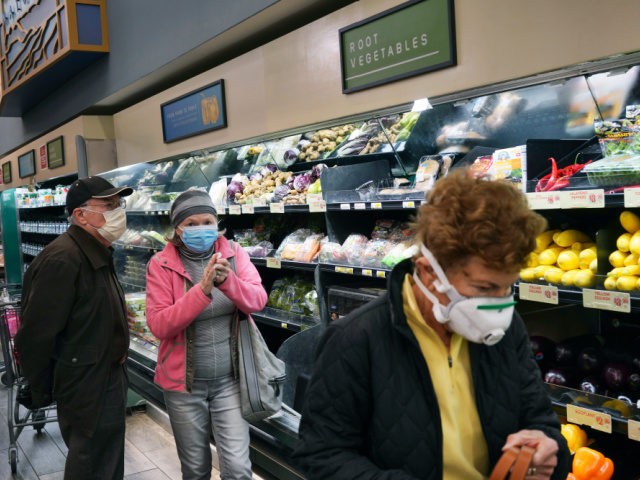Americans borrowed less than expected in April, data released by the Federal Reserve showed Monday, indicating that the precautionary stance many consumers adopted in 2020 may linger even as the pandemic recedes.
Total consumer credit increased $18.6 billion, an annual growth rate of 5.3 percent. This was the third consecutive month of better than five percent growth. But economists had been expecting an even stronger number, with the median forecast at $20 billion, according to Econoday.
March’s figure was revised down significantly. Initially reported as rising $25.8 billion, on Monday the Fed said consumer credit grew by only $18.6 billion. Credit grew by $18.2 billion in February,
Revolving credit, primarily credit cards, shrank by $1.9 billion, an annual rate of contraction of 2.4 percent. Nonrevolving credit, which includes student loans and auto loans, rose by $20.5 billion, an annual growth rate of $7.6 percent.
Consumer borrowing is monitored for signals about households’ willingness to borrow to finance their spending, often an indicator of consumer confidence. The lower than expected figure for April and sharp downward revision for March suggest that consumers were still holding back on purchases as winter turned to spring. The April contraction in revolving credit suggests that many consumers used their stimulus checks to pay down their credit cards.
This could mean that consumer sales will be less vigorous than expected this summer—and may even tumble. That would drag down overall economic growth. Consumer spending in China has been weaker than expected, slowing the recovery of the world’s second-largest economy. Economists think the pandemic may have left consumers in China—and perhaps around the global—feeling cautious about their financial well-being, prompting lower spending on services.
On the other hand, many businesses in the U.S. were still operating a reduced capacity in April and vaccinations were only beginning to spread to the non-elderly population in the U.S. Widespread vaccinations, reopened businesses, and the lifting of mask requirements may lead to a pick up in spending this summer.
Economists think that only around one-third of the last round of stimulus was spent on consumer goods and services. The rest went into saving or reducing debt, bolstering the financial health of households but doing little to accelerate economic growth.
The Fed report does not include mortgage loans, which is the largest category of household debt.

COMMENTS
Please let us know if you're having issues with commenting.